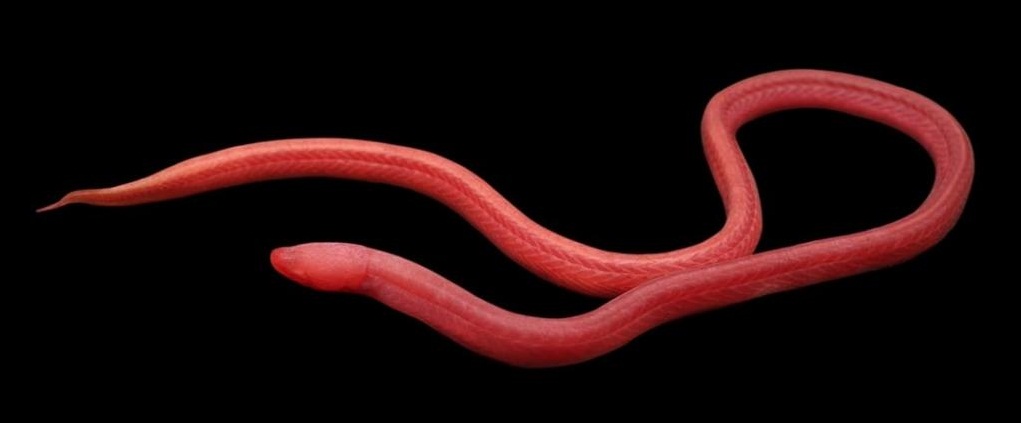NASA will launch its first spacecraft Lucy on an Atlas V rocket to study Jupiter's Trojan asteroids to collect insights into the solar system's formation.
The mission is named as ‘Lucy’ after an ancient fossil that provided insights into the evolution of human species.
The US Congress is working to avoid a partial government shutdown as the new fiscal year is set to begin on October 1, 2021.
There is increasing evidence for the failure of artemisinin-based therapy for Plasmodium falciparum malaria either alone or with partner drugs.
A new species of swamp eel belonging to the genus Rakthamicthys that is endemic to India was discovered in a well in Mumbai.

Source: PIB, The Hindu, The Indian Express, Down To Earth, NBC, Hindustan Times